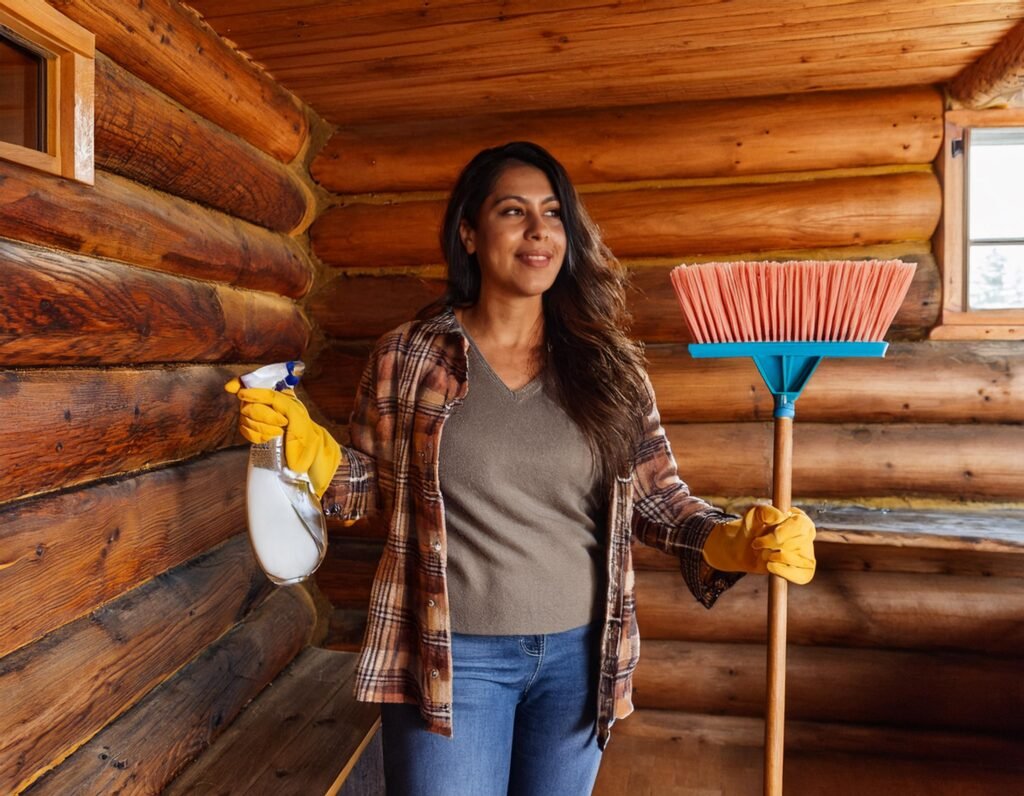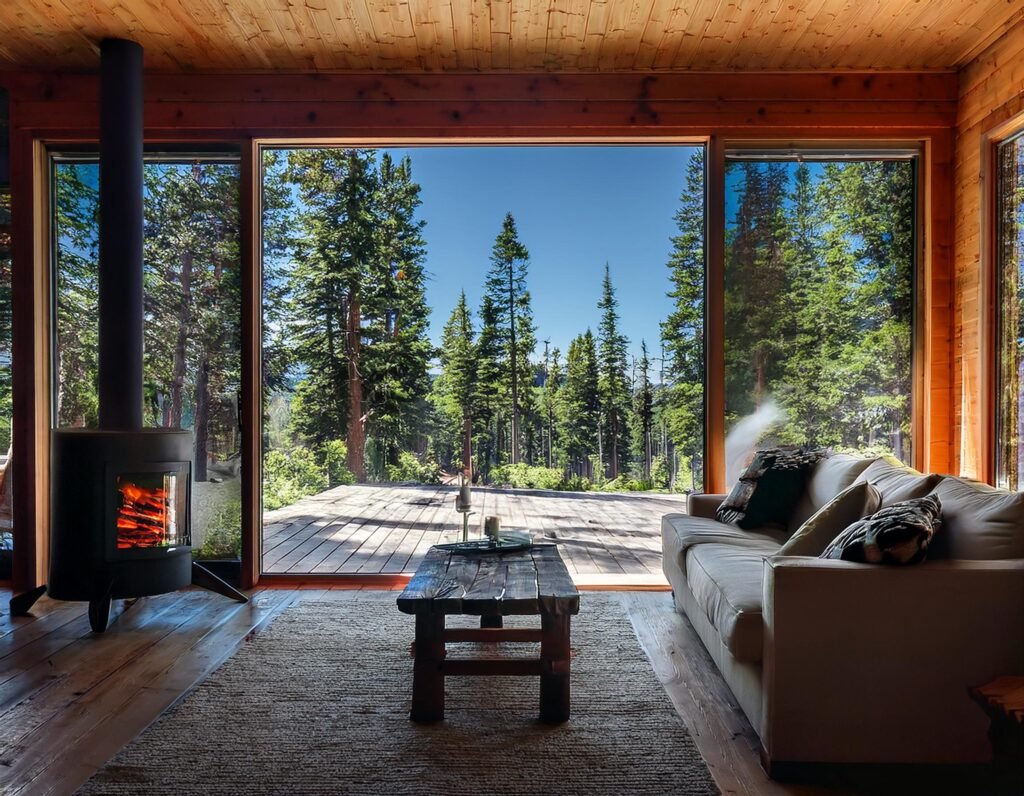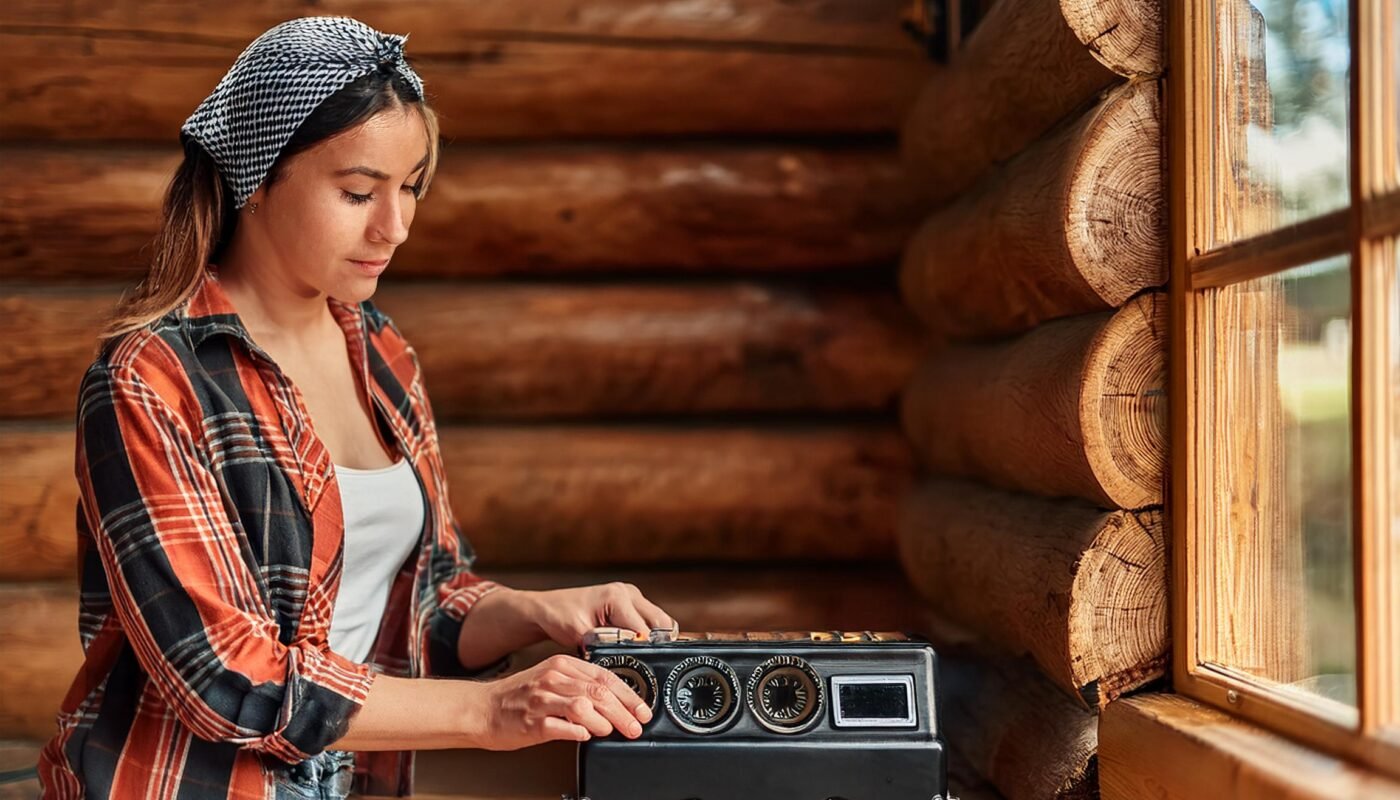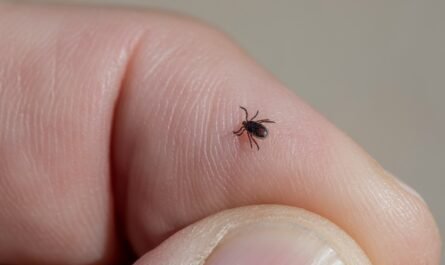Ever walked into your cozy little cabin after it’s been shut for a while and got hit by that musty smell? Yeah, that’s not a good look. Enter the ozone generator, your new best friend for banishing odors and giving your space a breath of fresh air. So, let’s talk about the best practices for using an ozone generator in your cottage or cabin. It’s not rocket science, but you need to know a few pointers to make it work like a charm.
Understanding What an Ozone Generator Is
First things first, what the heck is an ozone generator? It’s a nifty gadget that produces ozone gas, which is fantastic for killing bacteria, viruses, and mold. Think of it as a superhero for indoor air quality. But just like with great power comes great responsibility, using an ozone generator comes with its own set of guidelines.
Why You Might Need an Ozone Generator
1. Eliminate Odors: Whether it’s from pets, cooking, or that musty smell from your damp cabin, ozone can neutralize these odors like a pro.
2. Kill Mold and Mildew: Ideal for those tricky spots that are prone to mold growth.
3. Destroy Bacteria and Viruses: Perfect for making sure your space is not just clean but also healthy.
Prepping Your Cottage or Cabin for Ozone Treatment

Before you even think about plugging in that ozone generator, some prep work is needed.
1. Clean the Space: Dust, vacuum, and wipe surfaces. You want the generator to tackle airborne particles, not be stuck working on visible dirt.
2. Remove Plants and Pets: Ozone is not friendly to living things. Remove houseplants and pets from the area.
3. Cover Valuables: If you’ve got metal items in the cabin, cover them up. Ozone can sometimes cause oxidation, which could damage metal surfaces.
How to Use Your Ozone Generator

Alright, now the fun part. Let’s get down to how you actually use this magic machine.
Step 1: Place the Generator Properly
Choose a central location in your cottage or cabin. The goal is to allow the ozone to disperse evenly throughout the space.
Step 2: Set the Timer
Don’t just turn it on and walk away forever. These things are powerful. Depending on the size of your space, a few hours might be all you need. Start with a shorter duration and work your way up if needed.
Step 3: Leave the Area
This is super important. You don’t want to be in the area when the generator is running. Ozone in high concentrations is harmful to humans and pets.
Step 4: Ventilate After Use
Once the timer is up, open all windows and doors to let the ozone dissipate. Give it at least half an hour before you go back into the space.
Step 5: Repeat if Necessary
If odors or mold persist, you may need to repeat the treatment. Please don’t do it back-to-back, though. Give it some time between sessions.
Safety Tips for Using an Ozone Generator
Safety first, folks. Operating an ozone generator comes with some rules.
1. Never Use Around Living Beings: This cannot be stressed enough. Ozone is harmful when inhaled at high concentrations.
2. Follow Manufacturer’s Guidelines: Read the manual that comes with your ozone generator. Every model is slightly different.
3. Use a Timer: Always use the timer feature. It’s way too easy to forget about it otherwise.
4. Avoid Frequent Use: Ozone generators are not daily-use items. Reserve them for those special cleaning days.
Stories from the Field
Okay, let’s sprinkle in a couple of real-life tales to get you more comfortable with the idea.
One of my buddies, Steve, has a rustic cabin up in the mountains. Beautiful place, but it always smelled like damp wood mixed with last year’s campfire. He got an ozone generator and followed all the steps we just covered. After the first session, it was like walking into a brand-new cabin. The usual musty smell was gone, replaced by that fresh, clean scent you get after a thunderstorm.
Another pal of mine, Lisa, uses her generator at her lakeside cottage mainly to deal with mold. Lakeside properties are lovely but can be breeding grounds for mold. She swears by her ozone generator for keeping those pesky spores at bay. She does a thorough cleaning and runs the generator before every extended stay. Her place always smells fresh and clean, and she hasn’t had any mold issues since.
Frequently Asked Questions
How Often Should I Use My Ozone Generator?
It depends on your needs. For regular odor control, once a month might be enough. For mold issues, you might want to use it every couple of weeks.
Can I Stay in the Cabin While Using the Generator?
Nope, and let me be crystal clear on this. It’s unsafe to be in the space while the generator is running.
Is Ventilation Really That Important?
Yes, you need to air out the space after using the ozone generator. This ensures that any residual ozone is cleared out, making it safe to re-enter.
Can Ozone Damage My Furniture or Electronics?
Generally, short-term use won’t harm things, but long-term exposure can potentially damage rubber, electrical wiring, and other sensitive materials. Always follow manufacturer guidelines to minimize risk.
Wrap-Up and Final Thoughts About Using An Ozone Generator In Your Cottage

There you have it, the ultimate guide to using an ozone generator in your cottage or cabin. Just remember, with this nifty gadget, a little goes a long way. If you have an older rustic cabin, putting an ozonator on your cabin checklist may be warranted. Follow the steps, keep safety in mind, and your cozy retreat can be fresher and healthier in no time. If you’ve got any questions or just want to shoot the breeze about ozone generators, drop a comment below. Let’s keep the conversation going. Happy fresh-air



